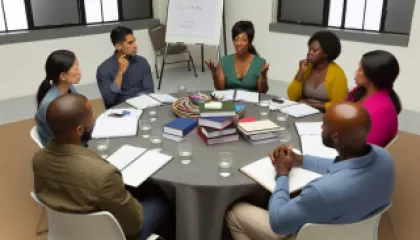Overcoming Family Feuds: My Journey to Peace
1 year ago
Family Conflict Resolution
Understanding Grief: Insights from Recent Studies
1 year ago
Grief
Step-by-Step Guide to Managing Toxic Relationships
1 year ago
Managing Toxic Relationships
Understanding Recovery: A Review of Emotional Abuse Healing Research
1 year ago
Healing from Emotional Abuse
Mindfulness vs. Meditation: A Step-by-Step Guide to Understanding the Differences
1 year ago
Mindfulness vs Meditation
5 Effective Steps to Overcome Procrastination
1 year ago
Procrastination Overcome
Mastering the Mindset: My Journey to Embracing Success Psychology
1 year ago
Success Psychology
Top 10 Strategies to Discover Your Life Purpose
1 year ago
Finding Life Purpose
Understanding Stress vs. Anxiety: A Comprehensive Guide
1 year ago
Stress vs Anxiety
Breaking Barriers: An Interview with a Diversity Expert on Confronting Bias
1 year ago
Confronting Bias
Rethinking Academic Stress: A Personal Perspective
1 year ago
Academic Stress
How Can You Effectively Overcome Your Fears?
1 year ago
Conquering Fears
10 Psychological Effects of Music on the Human Brain
1 year ago
Psychology Of Music
Mastering the Art of Overcoming Resistance: A Comprehensive Guide
1 year ago
Understanding Resistance
Sparking Change: My Journey to Inspire and Motivate Others
1 year ago
Motivating Others















